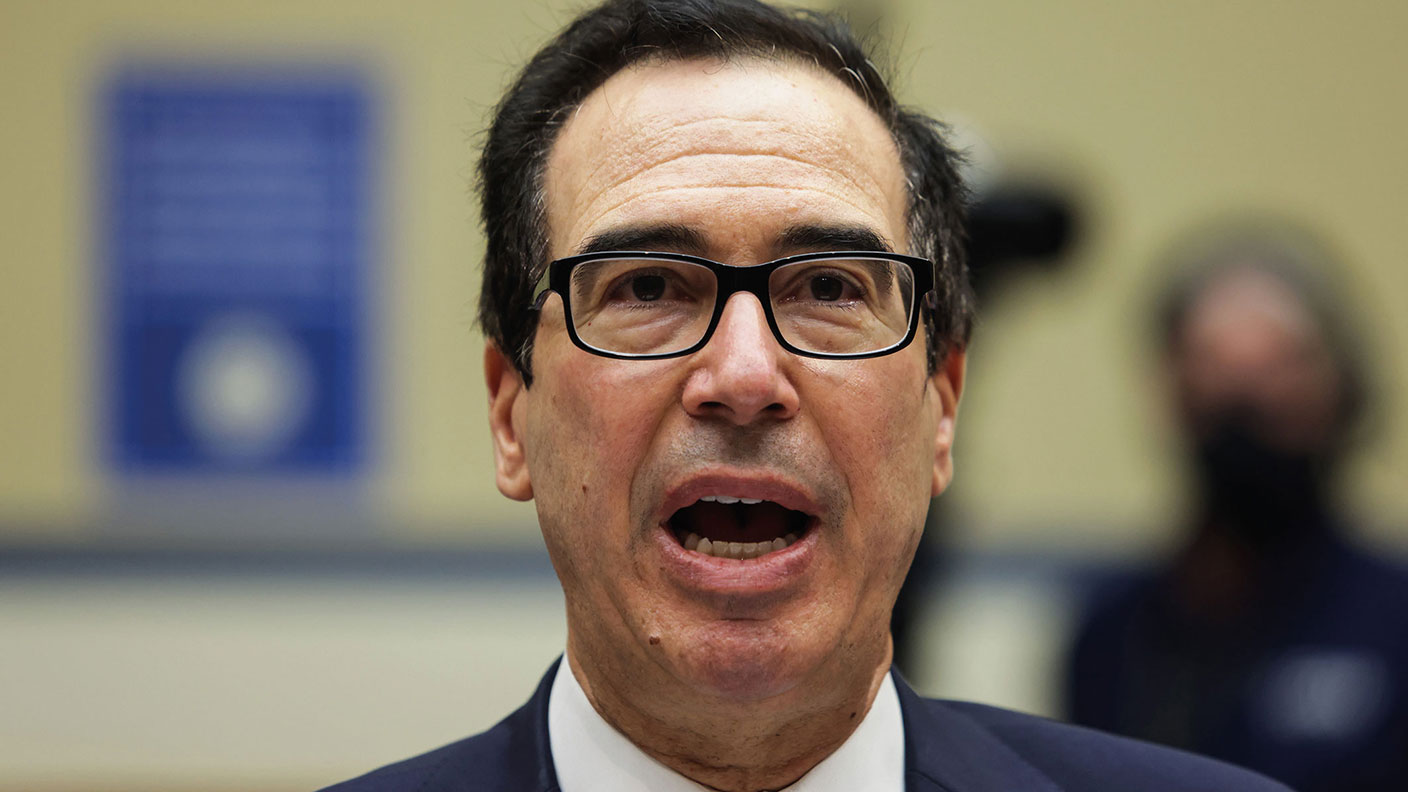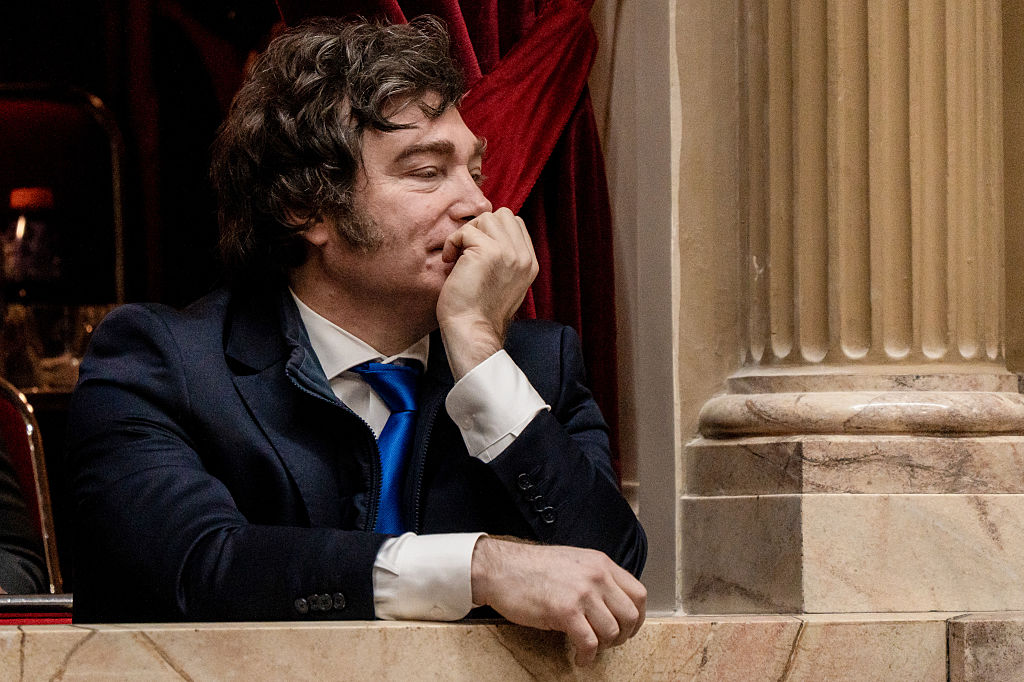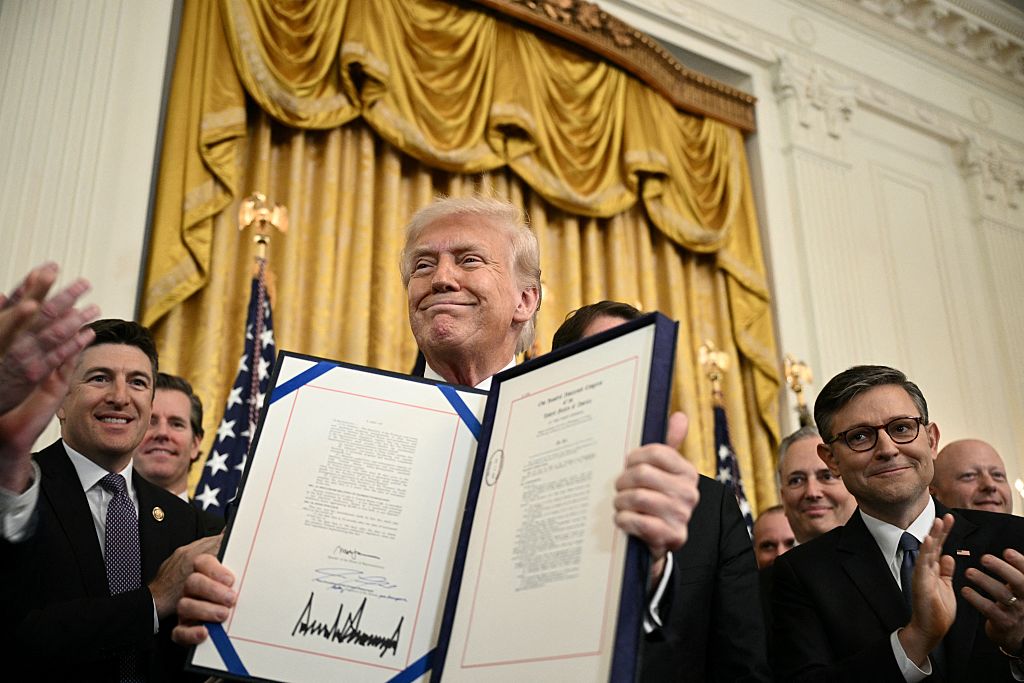America's monetary punchbowl is as full as ever
Despite a rare public spat between the US Treasury and the Federal Reserve, stimulus cash will keep coming.

There has been a rare public spat between the US Treasury and the Federal Reserve, America's central bank. At the end of last week outgoing treasury secretary, Steven Mnuchin, ended a raft of Fed-run emergency lending programmes established in response to Covid-19.
The programmes, which include support for corporate bond markets as well as a provision to lend to smaller businesses, have not been widely used but played a major role in restoring confidence to global credit markets after their meltdown this spring. Mnuchin says that the policies have “clearly achieved their objectives” – bond markets are far calmer now – and should end on 31 December. Although it complied with Mnuchin’s request, the Fed said it would “prefer the full suite of emergency facilities… to serve their important role as a backstop for our still-strained and vulnerable economy”. The imminent arrival of new management at the US Treasury meant markets reacted calmly to the spat. This week Joe Biden picked former Fed chair Janet Yellen to be his new treasury secretary. With Jerome Powell continuing at the Fed, that makes for an “exceptionally dovish combination”, says Stephen Innes of Axi. Powell and Yellen have similar views so next year is likely to bring harmony on the policy front.
The end of the support programmes is unlikely to have much effect on the real economy, Andrew Hunter of Capital Economics tells Liz McCormick on Bloomberg. Yet deprived of these tools, the Fed will now be more inclined to boost its quantitative easing (QE, or money printing) programme in order to stimulate the economy. Not that it needs more stimulus: corporations can already load up on mountains of cheap debt courtesy of central banks; junk bond yields have fallen to a mere 4.6%. The monetary punchbowl is as full as ever.
MoneyWeek
Subscribe to MoneyWeek today and get your first six magazine issues absolutely FREE

Sign up to Money Morning
Don't miss the latest investment and personal finances news, market analysis, plus money-saving tips with our free twice-daily newsletter
Don't miss the latest investment and personal finances news, market analysis, plus money-saving tips with our free twice-daily newsletter
Get the latest financial news, insights and expert analysis from our award-winning MoneyWeek team, to help you understand what really matters when it comes to your finances.
Alex is an investment writer who has been contributing to MoneyWeek since 2015. He has been the magazine’s markets editor since 2019.
Alex has a passion for demystifying the often arcane world of finance for a general readership. While financial media tends to focus compulsively on the latest trend, the best opportunities can lie forgotten elsewhere.
He is especially interested in European equities – where his fluent French helps him to cover the continent’s largest bourse – and emerging markets, where his experience living in Beijing, and conversational Chinese, prove useful.
Hailing from Leeds, he studied Philosophy, Politics and Economics at the University of Oxford. He also holds a Master of Public Health from the University of Manchester.
-
 In the money: how my trading tips fared in 2025
In the money: how my trading tips fared in 2025The success of the open positions offset losses on closed ones, says Matthew Partridge
-
 Vietnamese stocks are charging ahead – here's what to buy
Vietnamese stocks are charging ahead – here's what to buyVietnam has been upgraded from a frontier to an emerging market. It remains a promising pick, says David Prosser
-
 Vietnamese stocks are charging ahead – what to buy
Vietnamese stocks are charging ahead – what to buyVietnam has been upgraded from a frontier to an emerging market. It remains a promising pick, says David Prosser
-
 How Javier Milei led an economic revolution in Argentina
How Javier Milei led an economic revolution in ArgentinaFollowing several setbacks, Argentine president Javier Milei's pro-market reforms have been widely endorsed in a national poll. Britain will need the same
-
 Market predictions for 2026: Will Dubai introduce an income tax?
Market predictions for 2026: Will Dubai introduce an income tax?Opinion My 2026 predictions, from a supermarket merger to Dubai introducing an income tax and Britain’s journey back to the 1970s
-
 The steady rise of stablecoins
The steady rise of stablecoinsInnovations in cryptocurrency have created stablecoins, a new form of money. Trump is an enthusiastic supporter, but its benefits are not yet clear
-
 Goodwin: A superlative British manufacturer to buy now
Goodwin: A superlative British manufacturer to buy nowVeteran engineering group Goodwin has created a new profit engine. But following its tremendous run, can investors still afford the shares?
-
 A change in leadership: Is US stock market exceptionalism over?
A change in leadership: Is US stock market exceptionalism over?US stocks trailed the rest of the world in 2025. Is this a sign that a long-overdue shift is underway?
-
 Modern Monetary Theory and the return of magical thinking
Modern Monetary Theory and the return of magical thinkingThe Modern Monetary Theory is back in fashion again. How worried should we be?
-
 Metals and AI power emerging markets
Metals and AI power emerging marketsThis year’s big emerging market winners have tended to offer exposure to one of 2025’s two winning trends – AI-focused tech and the global metals rally